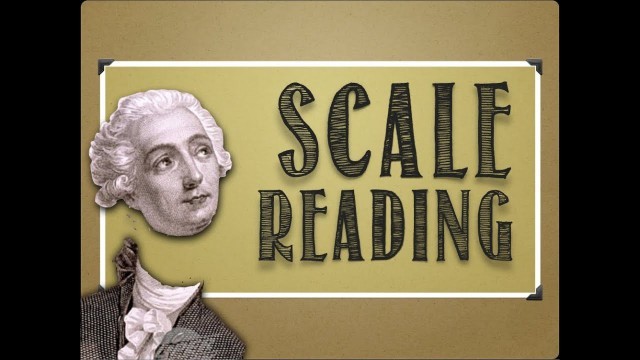

'IMPORTANT CORRECTION! PLEASE READ! Hey, I defined resolution correctly, but then confused it with \'readability\'. So the resolution is still the smallest increment of the scale, but the readability is what you can estimate beyond that (if anything). So I all of my readings are correct, but every time I mention the resolution of a specific scale I typically go one space too far. All of the corrected resolutions are listed below. 1:50 Resolution is NOT one digit beyond that. Often the readability of a scale is. 2:05 Resolution should be \'1\'s not \'.1\'s ... reading stays the same 3:33 (iPod) Resolution, again, should be \'1\'s not \'.1\'s ... reading stays the same 3:42 (quarter) Resolution is the \'10\'s column not the \'1\'s ... reading stays the same. 4:02 (nail) Resolution is the \'.1\'s column not the \'.01\'s column ... reading stays the same. This is not a problem on digital scales... the resolution is the readability. In my current opinion, the readability of an analog scale matches its resolution if the scale is incomplete. Like the example I bring up at 5:30 My apologies! I\'ll see about getting out a corrected video sometime soon. Apparently there is a lot of debate about guessing a gap in increments of ten, but that is a story for another day... Focuses on mechanical scales (which prove trickier to read than digital ones). Learn how to determine a scale\'s resolution! Learn how to read a scale correctly! Learn when you\'re being accurate and when you\'re being precise! (Not the same thing!) More about the Hubble Telescope: tinyurl.com/bn2rb The best article on precision, accuracy and resolution that you\'ll ever find on a golf site: tinyurl.com/38vrnua More on scale/measurement terminology: awscales.com/support/terminology'
Tags: science , measurement , chemistry , resolution , reading scales , scientific accuracy , scientific precision , scale reading
See also:

















comments